
Respect for the environment

European manufacturers’ pieces comply with strict quality and sustainability standards, implementing the latest available technologies to improve energy efficiency and reduce environmental impacts, demonstrating a commitment to efficient resource use throughout the production process and reusing materials. Some widespread measures in the European ceramics industry include:


Replacement of energy vectors with those which produce fewer emissions in the stages where it is technically feasible: use of electricity from renewable sources, electric vehicles, high-efficiency cogeneration, natural gas in kilns, etc.

Life cycle analysis (LCA) to optimise manufacturing processes and guide companies in the reduction of environmental impacts throughout the product life cycle.
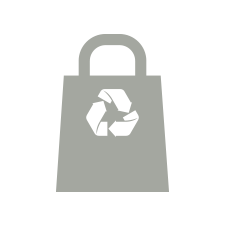
Implementation of voluntary eco-labels such as DAP, which offer precise and transparent information about the environmental impact of a product throughout its life cycle.

Residual heat recovery from kilns for use in other stages of the process.

Use of ever more efficient burners and kilns, and high-efficiency cogeneration systems which provide 20% savings on primary energy.
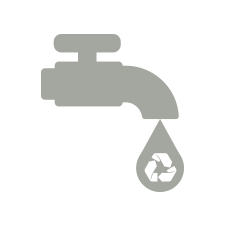
Reuse of sludges and aqueous suspensions, drastically reducing water consumption, recycling and reusing 100% of wastewater in a closed cycle and achieving zero discharge.
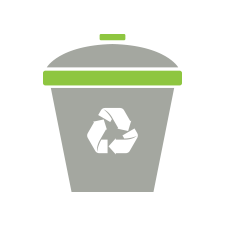
Reuse of 100% of clay waste before firing and recovery of a large proportion of fired shards.
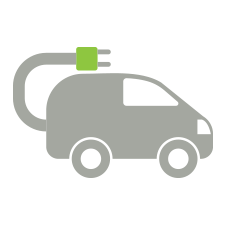
Exhaustive dust emissions control in the storage and transport of raw materials.
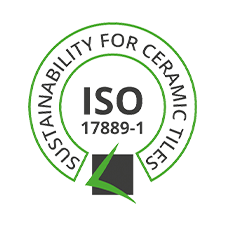
A growing number of companies with ISO 17889-1 certification.

Drastic reduction in material usage thanks to the use of digital printing.






